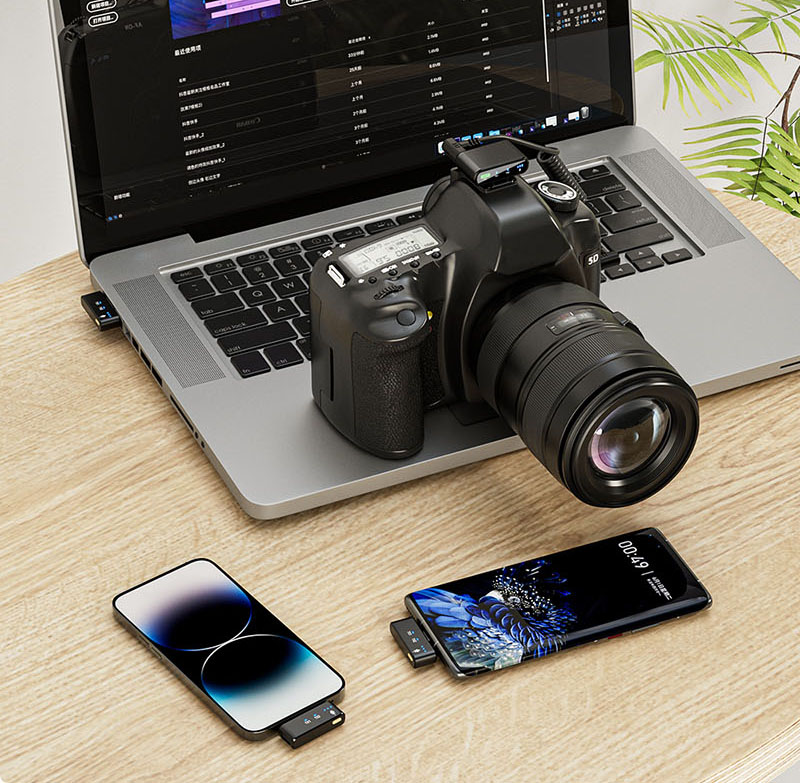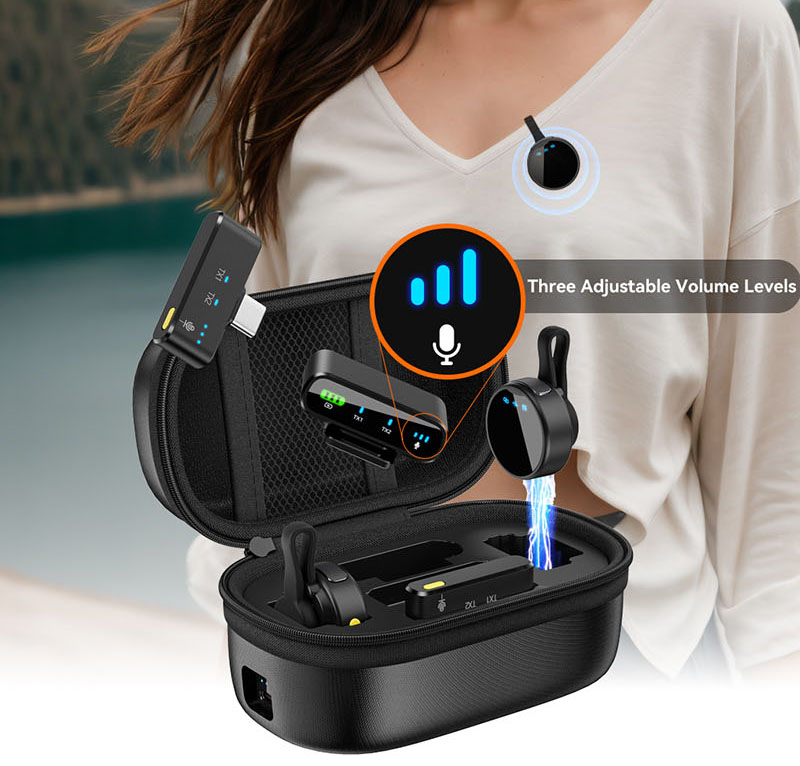How To Clean A Wireless Microphone
How To Clean A Wireless Microphone
How To Clean A Wireless Microphone

Cleaning a wireless microphone is essential to maintain its performance, hygiene, and longevity. Here’s a step-by-step guide to safely clean your microphone:
What You’ll Need:
- Soft, lint-free cloth (microfiber works well).
- Mild soap or dish detergent.
- Distilled water (avoid tap water to prevent mineral deposits).
- Isopropyl alcohol (70% or higher, for disinfecting).
- Cotton swabs or soft-bristled brush.
- Compressed air (optional, for removing dust).
Step-by-Step Cleaning Guide
1. Turn Off and Disconnect the Microphone
- Power off the microphone and disconnect it from any devices or power sources.
- Remove the battery if it’s a battery-operated microphone.
2. Clean the Exterior
- Use a soft, dry cloth to wipe down the microphone body.
- For stubborn dirt or grime, dampen the cloth with a mixture of mild soap and distilled water. Wring it out well to avoid excess moisture.
- Avoid getting water or cleaning solutions near openings, ports, or connectors.
3. Clean the Microphone Grille
- Use a soft-bristled brush or a dry cloth to gently remove dust and debris from the grille.
- For deeper cleaning, use a cotton swab lightly dampened with isopropyl alcohol. Be careful not to push debris further into the grille.
- If the grille is removable, take it off and clean it separately.
4. Disinfect the Microphone
- Dampen a cloth or cotton swab with isopropyl alcohol and gently wipe the microphone grille and body.
- Pay special attention to areas that come into contact with your mouth or hands.
- Allow the microphone to air dry completely before use.
5. Clean the Connectors and Ports
- Use a dry cotton swab or compressed air to remove dust from connectors and ports.
- Avoid using liquids near these areas to prevent damage.
6. Clean the Battery Compartment
- If your microphone uses batteries, remove them and clean the compartment with a dry cloth or cotton swab.
- Check for corrosion and remove it gently with a cotton swab dipped in isopropyl alcohol.
7. Reassemble and Test
- Once everything is dry, reassemble the microphone (if you removed any parts).
- Reinsert the battery (if applicable) and power on the microphone to ensure it’s working properly.
Tips for Maintaining Your Wireless Microphone
- Regular Cleaning: Clean your microphone after each use, especially if it’s shared or used frequently.
- Avoid Moisture: Keep the microphone away from liquids and high humidity.
- Store Properly: Use a protective case or pouch to prevent dust and damage.
- Handle with Care: Avoid dropping or mishandling the microphone to prevent internal damage.
What NOT to Do:
- Don’t submerge the microphone in water.
- Avoid using harsh chemicals or abrasive materials.
- Don’t spray cleaning solutions directly onto the microphone.
- Avoid excessive moisture near electronic components.
By following these steps, you can keep your wireless microphone clean, functional, and ready for use. Let me know if you need further assistance!




